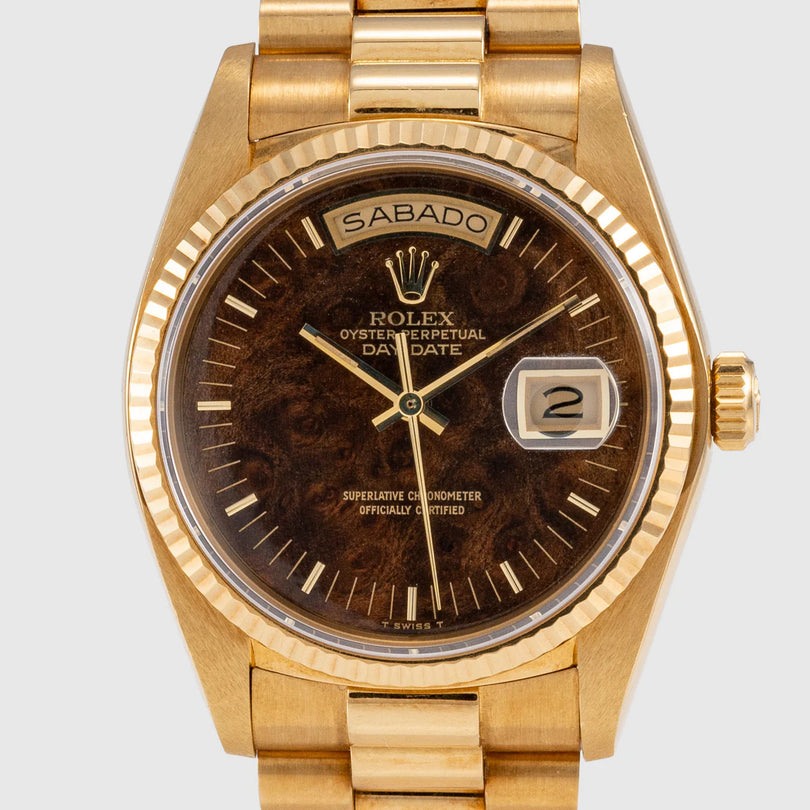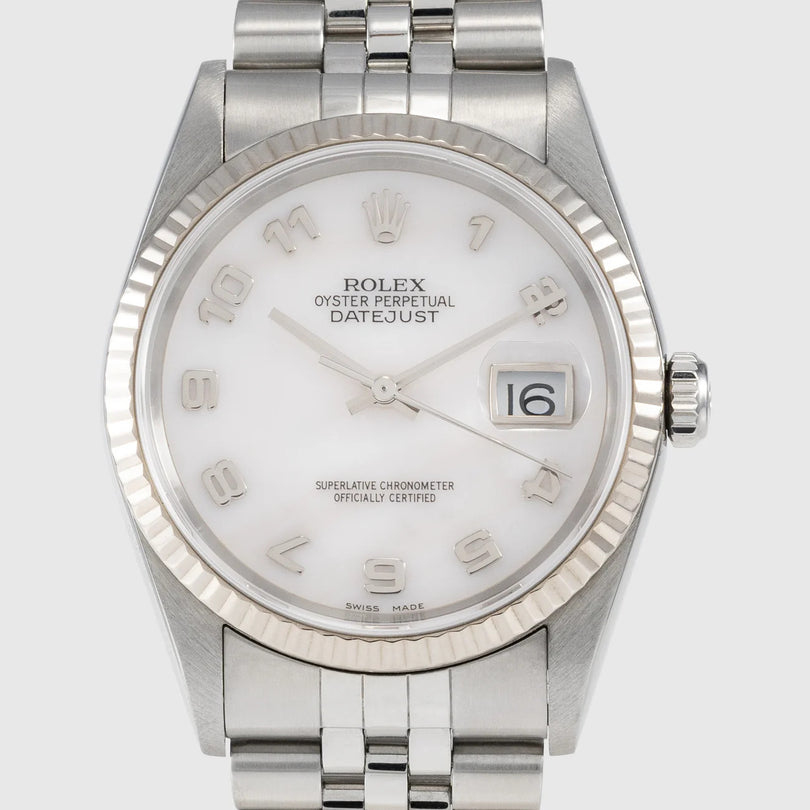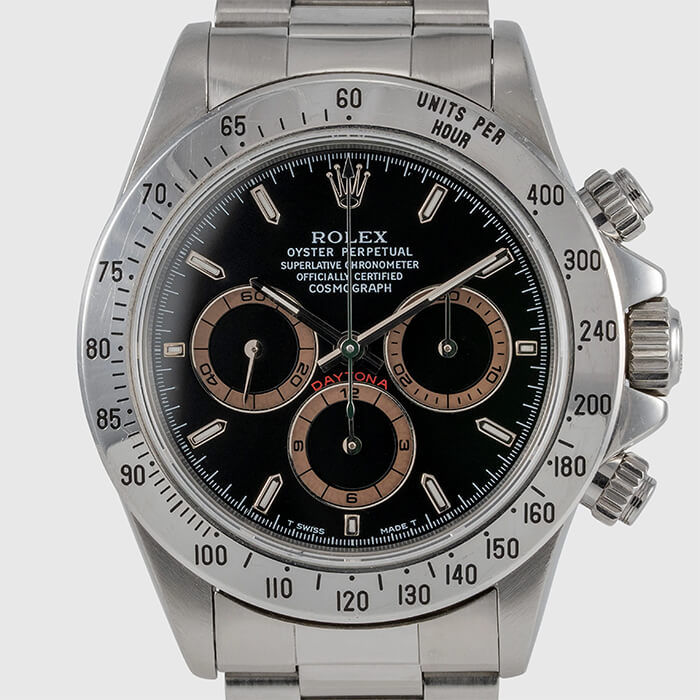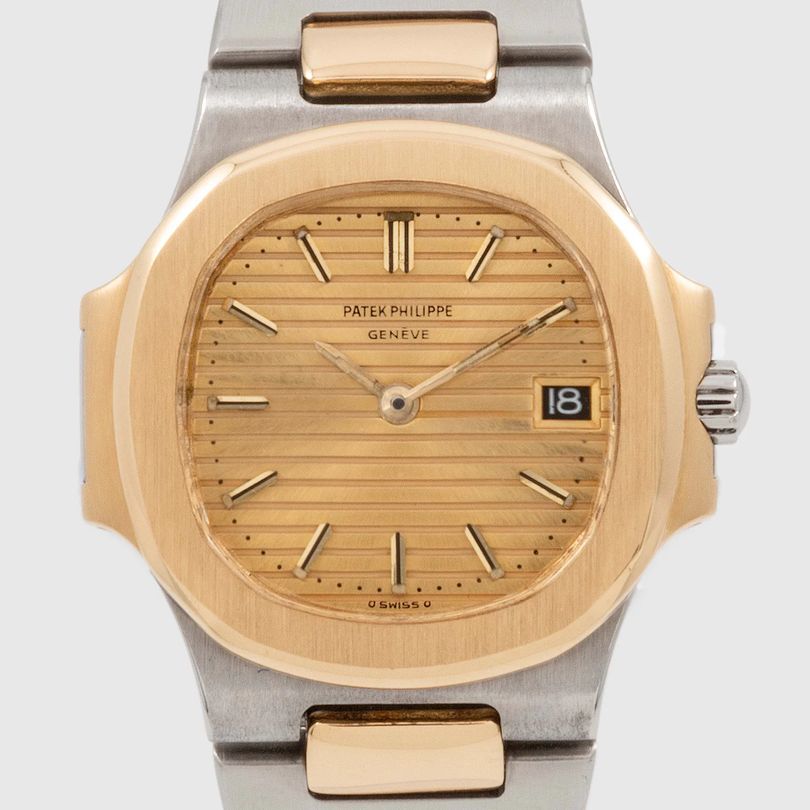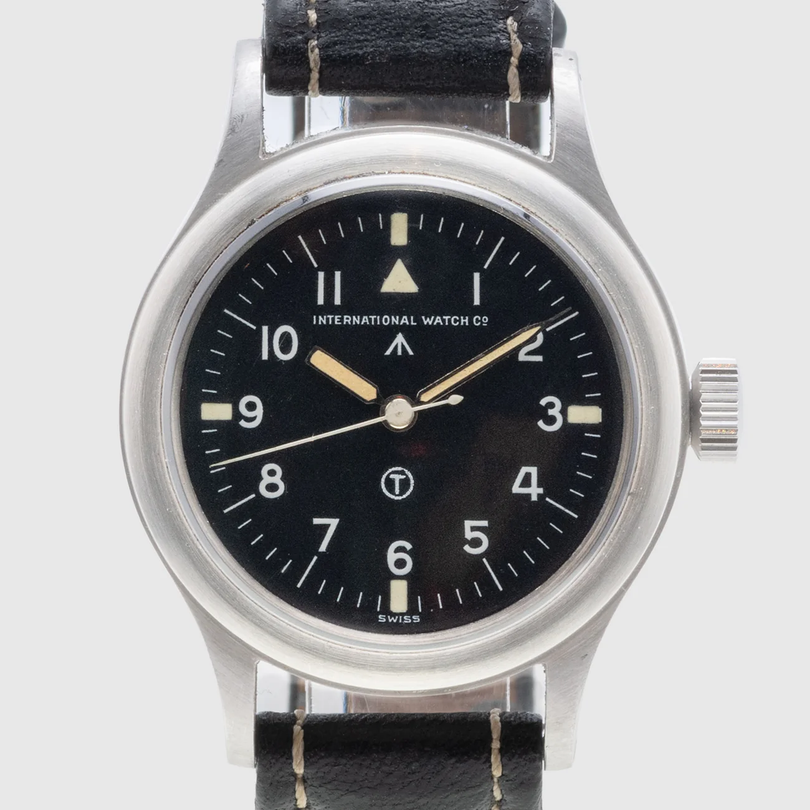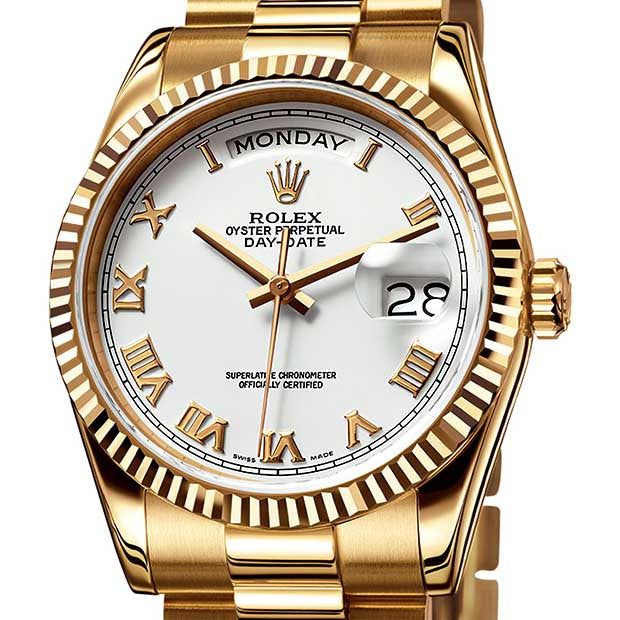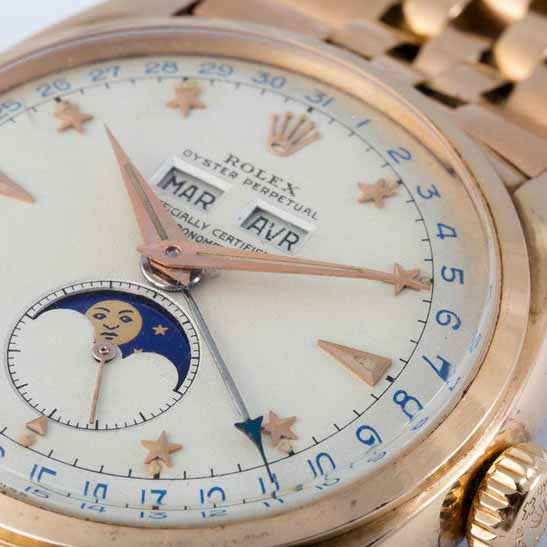
When it comes to high end watches, Seiko isn’t the name that comes to my mind first. While they are probably better known to the general public for their well-made affordable watches lower on the market band, they certainly have produced some very fine high-end watches too.
The Grand Seiko, for example, is not to be passed over too quickly. But the brand’s design style has always tended to be conservative. For me, those classic Seiko sword-like hour and minute hands always create a sense of formal, refined style on a normally conservative dial.
This year, however, they are making some waves.
Those waves were inspired by some very famous waves of another kind, dating back all the way to the Edo period in Japan. Specifically, a series of landscape prints by the ukiyo-e artist Hokusai entitled Thirty-six Views of Mount Fuji. They’re respected all over the world as some of Japan’s finest classic art.


The most famous of the 36 prints is the one called The Great Wave off Kanagawa, and that’s the inspiration for the Seiko Credor Fugaku Tourbillon Limited Edition.
The ‘Fugaku’ is a reference to Mount Fuji, another Japanese icon and national treasure which is depicted in the original artwork as well as on the balance wheel bridge of the watch as an outline.
The 43mm platinum case boasts forty-three blue sapphires, while between the bars around the sides of the case are fine mother-of-pearl stripes. The materials used include 18k white gold, 18k yellow gold, Urushi lacquer and yakogai from the shell of the giant sea-snail. But what’s most striking is the artwork on the dial.
Three of Japan’s finest Master craftsmen labored on the engraving and maki-e lacquer techniques to create something quite breathtaking. The final effect creates a sense of depth, and the delicate gradations of color spring to life as the watch moves while you wear it. Delicate blue-purple hues of sunset shimmer in the background.
The wave is crafted in gold, with engraving as thin as 0.5mm by Kiyoshi Terui. Nobuhiro Kosugi supervised the grand design, and the chief watchmaker is Satoshi Hiraga. All of these are credited in Japan with the distinguished titles of ‘Master Craftsmen’.
But that’s not the whole story – did you notice the detail on the left, just off the 9 hour marker? It’s Seiko’s – and Japan’s – first ever tourbillon, and a notable milestone in watchmaking for the company.
A tourbillon counters the effects of gravity by mounting the escapement and balance wheel in a rotating cage, and it significantly improves the average accuracy of a watch. For many years it was the exclusive domain of only the finest Swiss watchmakers, but now the Japanese have reached the same heights. That alone makes the watch worthy of your attention.
What’s more, Seiko are proud to call it the world's smallest tourbillon "by volume". Well, that may be true, but the fact that it’s a tourbillon is enough for me.
The movement is the manually wound caliber 6830, and it’s based on Seiko’s ultra-thin caliber 8 family. It contains 22 jewels and 153 individual parts, and though the power reserve isn’t spectacular, it’s a fair 37 hours.
With the Credor Fugaku Tourbillon Seiko has managed to combine the best of classic Japanese artistry with world-class horology. It made some waves at Baselworld this year, where perhaps the usual Swiss made brands didn’t.
Only eight of these watches will be made available, at 50 Million Yen apiece, and with them Seiko takes another bold stride into the ultra-high-end arena.
I think it might be a sign of things to come.
Their choice of artwork pays homage to the best of Japanese history, and the iconic Mt. Fuji, while their fine tourbillon design can compete with the heights of the Swiss masters from the Alps.


